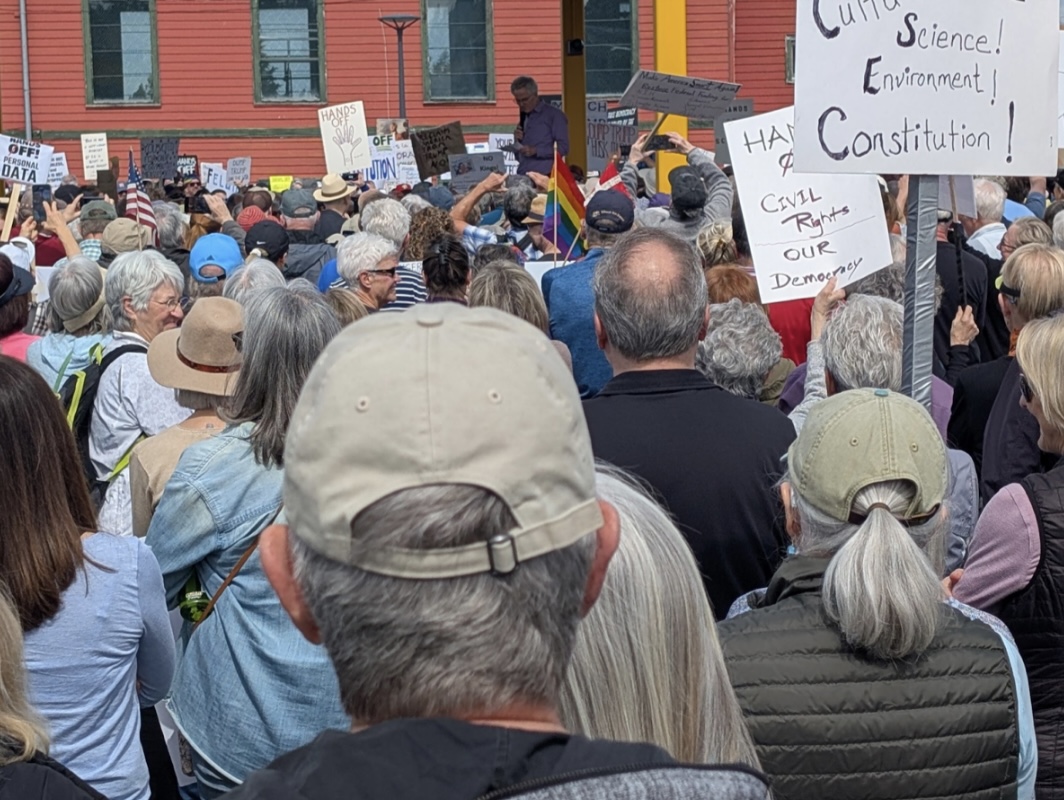A PERSONAL INSIGHT INTO MENTAL ILLNESS
In 2015, I contemplated my death and nearly walked into the path of an oncoming truck.
In 2016, I was hospitalized for my first suicide attempt.
In 2017, I miscarried and was once again hospitalized after failing to overdose on my medication.
In 2018, I decided to survive.
Ever since I was a child, I’ve been at war with my depression. Now, at 19, I’ve learned when to ride the waves even as they come crashing down on my mental framework — the one I’ve worked hard to keep afloat.
The Feelings
It isn’t to be taken lightly.
My depression isn’t just the inability to get out of bed every morning, it’s the feeling that I don’t even matter enough to leave my room and expose myself to other people.
It’s not just feeling lonely, it’s feeling that my world encompasses only me and that I’ll never be a part of reality or accepted into it.
It’s not being able to see the liveliness in the little things, it’s the inability to realize there was any color or joy to begin with.
As a full-time college student, depression (along with other types of mental illnesses) can be acutely problematic.
Co-existing with my depression has made everyday challenges more rigorous. Keep in mind the examples I’m giving aren’t intended to be excuses; they showcase how my depression makes even the smallest issue seem catastrophic.
When I think of completing a homework assignment worth, say 10 points, that “10” grows to 10,000 and the assignment instantly morphs into the worst assignment I’ve ever encountered. My chest tightens, sweat pools on my entire body and the self-defeating thoughts slide in like an unwanted DM on Instagram, whispering: “You’re never enough.”
When I think of the people I have close relationships with, like my significant other and my family and friends, once the wave of depression comes spilling unto my beach of tranquility, I instantly become isolated.
Have you ever heard someone describe being in a room full of people, and yet, they had never feeling so alone? That’s depression in a nutshell, in my perspective.
The Situation
According to a June 2018 Seattle Times article from 2014-2016, “Washington’s suicide rate was 15.1 deaths per 100,000 people.” In King, Pierce and Snohomish counties, the rate has risen by 15 percent since 1999.
The City of Shoreline Area News reported earlier this year that 20 percent of students in the Shoreline School district in the eighth, 10th and 12th grade said they were depressed in self-survey, matching the national average as of 2018.
In a 2018 UW News article, “nearly one-third of Washington college students suffered from depression in the last year, and more than 10 percent have had thoughts of suicide.”
Co-founder and UW Professor of Social Sciences Jennifer Stuber says in the article that “Nearly 4 out of 5 college students report that emotional distress impacts their academic performance.”
During the 2016-2017 school year, a Washington state survey reported that 76 percent of students had difficulty focusing on their schoolwork because of emotional distress.
As of last year, nearly 100 percent of students reported to bending under suicidal thoughts, anxiety, depression or a deadly combination of any of the three.
According to the National Institute of Mental Health (NIH), residents generally suffer more from seasonal affective disorder (SAD), “a type of depression that comes and goes with the seasons, typically starting in the late fall and early winter.”
Some SAD symptoms include low energy, weight gain, overeating and social withdrawal. Women are four times more likely to be affected, and young adults overall have a higher risk of being susceptible to SAD.
The ailment itself includes some of the symptoms of major depression. Although the feelings hit you in smaller waves, you shouldn’t ignore them. Emotional distress can be a major impact for students, especially during the colder seasons.
Major Depression Symptoms
Frequent thoughts of suicide
Difficulty concentrating
Feeling slow or irritated
Fluctuating changes in appetite or weight
Difficulty sleeping
Losing interest in things you once enjoyed
Lack of self-esteem, feeling hopeless or worthless
These symptoms were reported by the NIH.
Trust me, depression isn’t a straightforward issue to solve.
For a number of years, I struggled to find an outlet where I could release the pent up anxiety fueled by previous trauma and depression. I turned to therapy and journaling, going back to my own roots in creative writing.
This is not an all-encompassing coping mechanism — everyone has a different challenge regarding mental illness and there are a number of strategies you can use to combat your darker urges.
The Resources
You’re not alone; although, I know — it can certainly feel that way, can’t it? There can be hope in knowing the facts behind mental illness.
There’re a number of national and local resources that can help you get through stressful situations as well as provide suicide prevention.
The National Suicide Prevention Lifeline (NSPL) is a nationwide network of crisis centers that are committed to providing free, confidential support to people who are emotionally distressed.
If you think you, or someone you know, is suffering from depression, here are some local resources.
According to the NSPL, suicides are the second leading cause of death for people aged 10 to 24. At suicidepreventionlifeline.org, under the “Youth” section, there’s a list of ways for young people to get help.
The quickest way to reach the lifeline is via phone: 1-800-273-8255
State Suicide Prevention website: www.doh.wa.gov or call the teen lifeline link at 866-833-6456.
State Coalition website: www.doh.wa.gov. There’s a list of Washington counties that have formed individual local suicide prevention communities that meet regularly.
If you need Urgent Care or in a Crisis, please call these numbers:
Immediate Health-Related Emergency: 911
King County Crisis Line: 866-427-4747
Snohomish County Volunteers of America Care Crisis Response Services: 800-584-3578
Crisis Text Line: 741741
UW’s Forefront Suicide Prevention: www.intheforefront.org
If these resources seem a little out of your reach, there are also counselors right here at SCC.
The Counseling Center offers free mental health services and gives you the chance to talk about your stress. They also provide immediate support for any student who is feeling suicidal or extremely emotionally distressed.
If you want to make an appointment with a counselor, visit the SCC website and search for “counseling center” and find the link to schedule a meeting.
Remember…
The holidays are coming up, and I don’t know about you, but for me this time of year can get extremely emotional. Being away from home and living somewhere much colder has had a huge affect on my own mental framework.
Just try to keep in mind that there’s always someone or something out there that can help.
Take care during the holidays, fellow Phins. And please, be safe and take care.
By Anonymous







